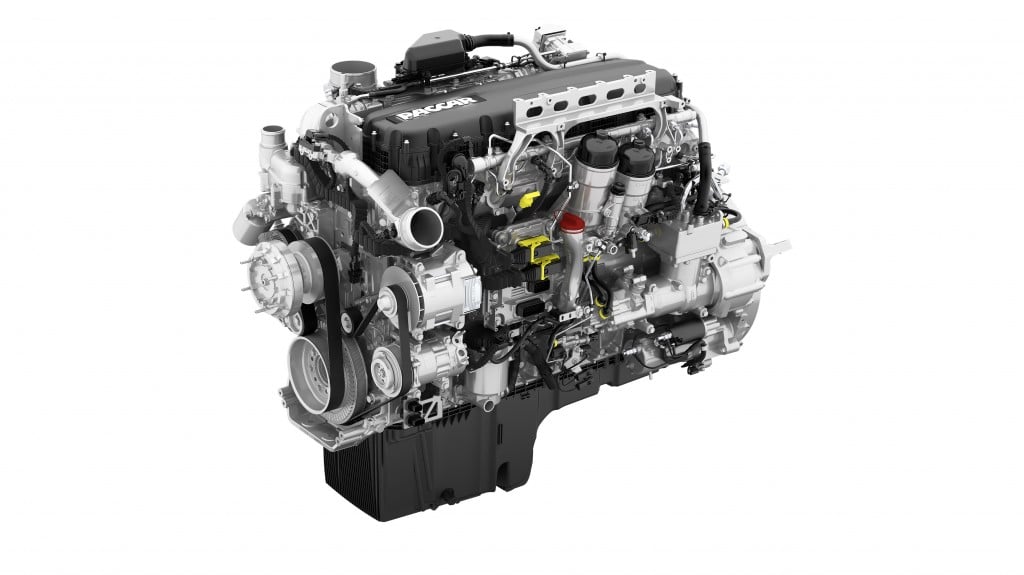New Kenworth engines provide increased fuel economy and horsepower

With the launch of Kenworth's new T680 Next Generation truck model comes the 2021 PACCAR MX-11 and PACCAR MX-13 engines, giving better performance and more efficiency to Kenworth's Class 8 truck lineup.
Both engines feature re-designed internal components to enhance fuel economy - up to 2.4 percent in the PACCAR MX-13, and 3.4 percent in the PACCAR MX-11 - depending on the application and specification. The PACCAR MX-11 can now be spec'd with a higher horsepower rating of up to 445 hp at 1,700 lb.-ft. of torque at 900 RPM. The PACCAR MX-13 can be spec'd up to 510 hp at 1,850 lb.-ft. of torque at 1,000 RPM.
These new engine developments make Kenworth trucks more productive. When paired with the 12-speed PACCAR TX-12 transmission, Kenworth predictive cruise control, and PACCAR DX-40 axles, the performance is enhanced even further.
Helping drive fuel efficiency improvements is a number of refinements that all come together to maximize performance. The engines feature optimized combustion with multi-pulse fuel injection. A smaller, more efficient turbocharger boosts power and improves responsiveness. An enhanced piston design has added features to reduce frictional losses. PACCAR's next generation aftertreatment system completes the system to further reduce particulates and NOx without sacrificing power or MPGs.
The engines were updated for added reliability. An enhanced fully-encapsulated engine harness protects against the elements, while connections were reduced between the engine and vehicle. Inside the engine, several structural enhancements were added to strengthen components and optimize rigidity.
To make fuel filter changes more efficient, PACCAR now mounts primary and secondary fuel filters on the engine, instead of on the chassis. A 12-volt fuel heater comes standard for improved cold weather performance.
Extended service intervals of up to 75,000 miles for both the oil and fuel filter combined with major components warranty, which is 5 years or 500,000 miles, results in better service intervals.



